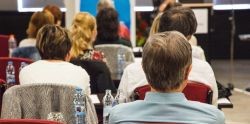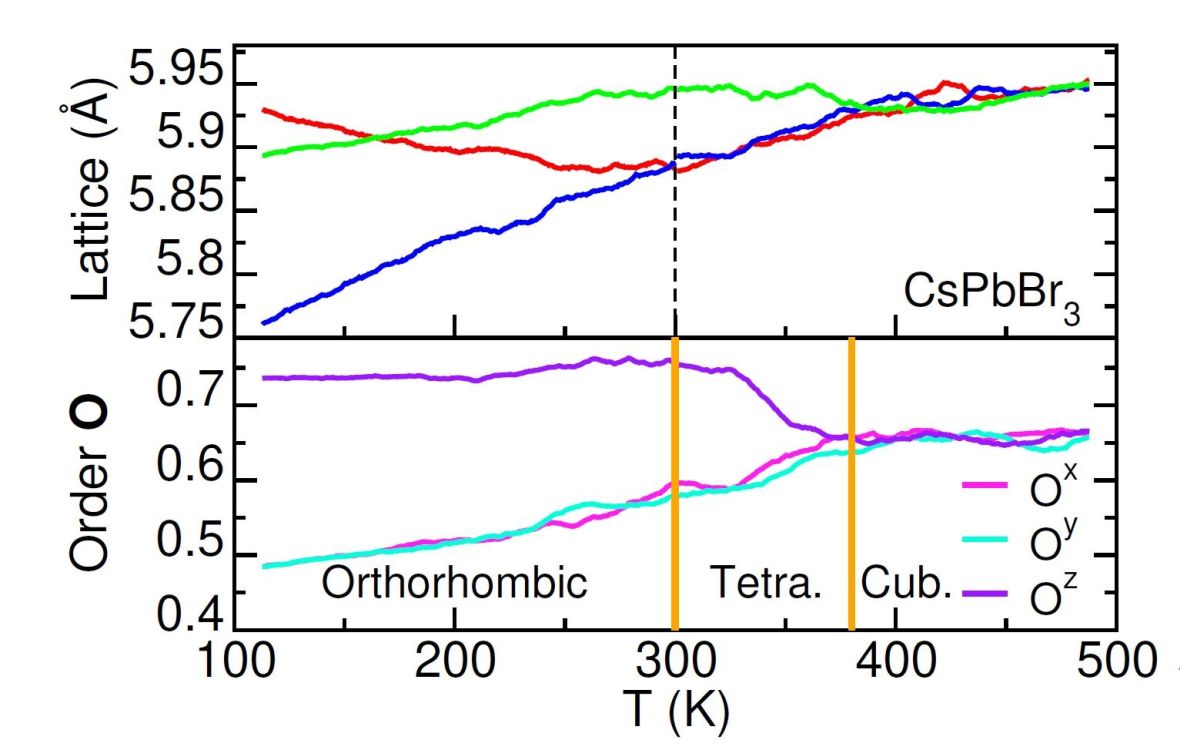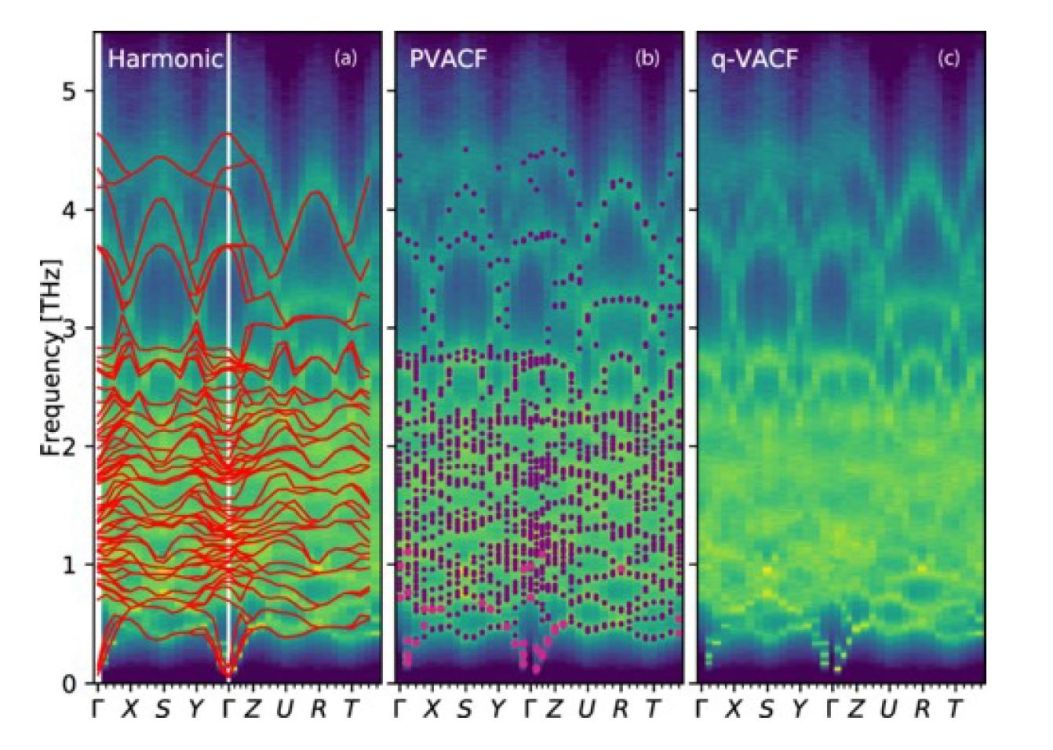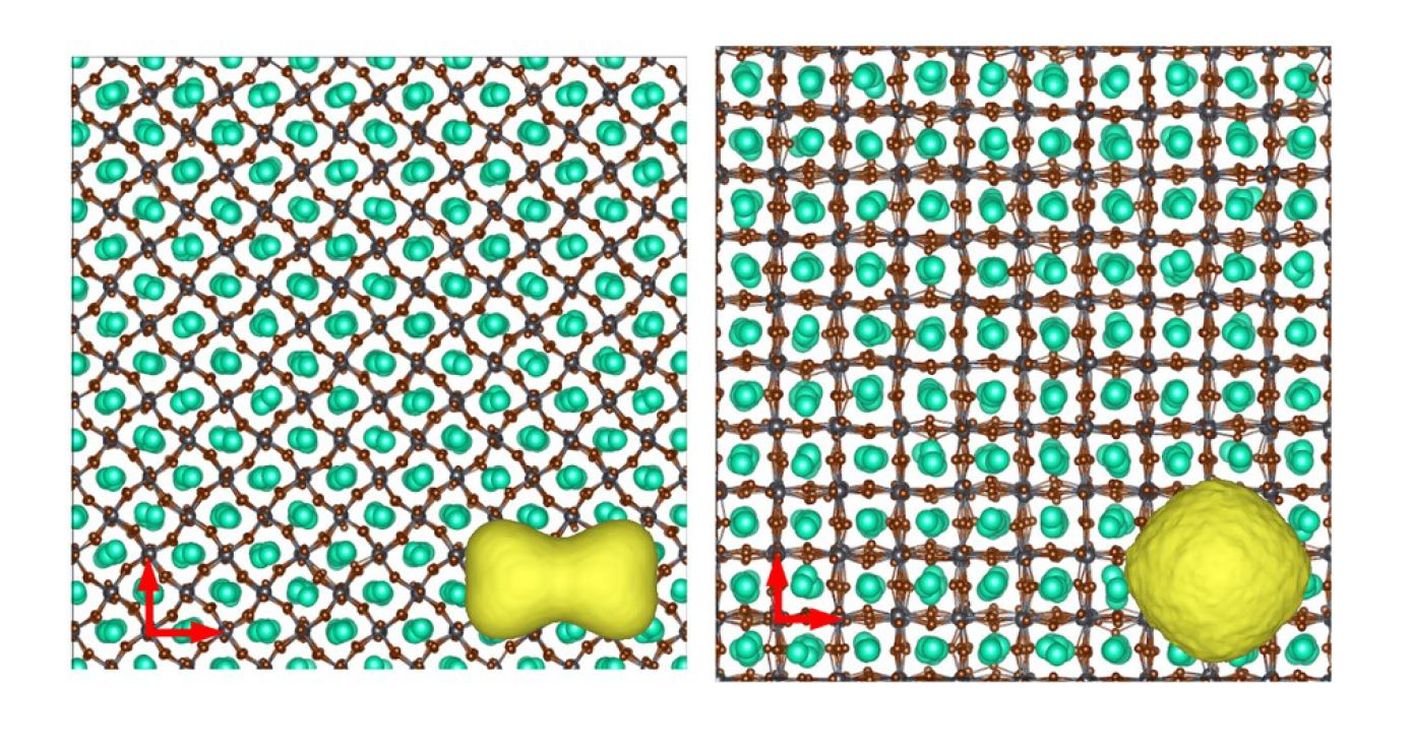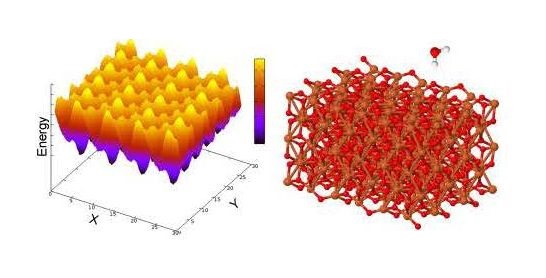Title: Computational studies of spintronics materials for energy-efficient electronic devices
Speaker: Jagoda Sławińska (Zernike Institute for Advanced Materials, RU Groningen)
Time: May 12, 2022, 10:00–11:00
Location: Hybrid: TU/e (Flux 1.124) and online (MS Teams)
Abstract
Materials that manifest intriguing spin-orbit-related phenomena emerge as promising candidates for the design of alternative computing devices beyond the von Neumann paradigm. In particular, the manipulation of spins via the control of material symmetries seems to be an efficient way to ensure the all-electric functioning of next-generation electronic devices, reducing power consumption.
In this talk, I will present the properties of several recently (re-)discovered materials as well as different routes of the control of spins. First, I will discuss a new type of charge-to-spin conversion revealed in chiral crystals, which is similar to chirality-induced spin selectivity occurring in molecules. This effect can manifest in chiral trigonal Te and TaSi2, where along with good efficiency of charge-to-spin conversion, the presence of the so-called persistent spin helix yields very long spin lifetimes, protecting the spins from the randomization. Such systems solve one of the important trade-offs of spintronic devices, as the large spin-orbit coupling needed for spin manipulation, does not cause spin dephasing.
Second, I will discuss the link between spin and electric polarization in ferroelectrics which can be employed in novel reconfigurable logic-in-memory units utilizing ferroelectric writing and spin-orbit readout, similarly to multiferroics. In particular, the spin-to-charge conversion in epitaxial Fe/GeTe heterostructures can be switched by an external electric field in a non-volatile way at room temperature, as shown via spin pumping experiments and rationalized by first-principles calculations. The most recent computational studies unveiled the possibility of even more efficient non-volatile electric control of spin currents in various materials, opening new routes for the design of logic-in-memory electronic devices.
- A. Roy, M. Guimarães, J. Sławińska, Physical Review Materials 6, 045004 (2022)
- A. Roy, F. Cerasoli, A. Jayaraj, K. Tenzin, M. Buongiorno Nardelli, J. Sławińska, arXiv: 2203.05518 (2022)
- H. Wang, P. Gopal, S. Picozzi, S. Curtarolo, M. Buongiorno Nardelli, J. Sławińska, npj Computational Materials 6 (7), 1-7 (2020)
- S. Varotto, L. Nessi, S. Cecchi, J. Sławińska, et al., Nature Electronics 4, 740–747 (2021)
The CCER seminars are aimed at researchers interested in computational approaches to (energy) research. The seminar is small-scale, typically 15 participants, and interactive, offering lots of room for discussion. If you would like to attend, just This email address is being protected from spambots. You need JavaScript enabled to view it..



